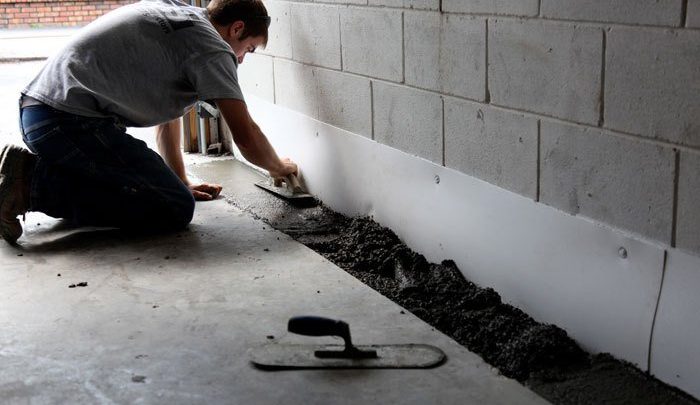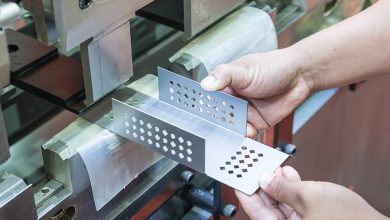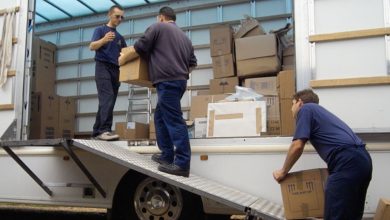Home
What Are The Various Components Of Waterproofing A Basement?

Waterproofing your house is a whole process that ensures that your home stays dry. This process also makes sure there is no water seepage and any existing water lines are fixed. In that way, your basement does not get flooded which can cause damages to both property and human life.
5 Components Of Waterproofing A Basement:
1. Checking The Foundation
The first step of this process is checking your foundation for cracks, holes, leaks and other possible damage sources as these will let water in which results in basement flooding if not repaired immediately. It is done by using a moisture meter or by digging deep into the basement floor (if you suspect wet spots) to check for cracks or any moisture. As holes and cracks in basement walls can be a huge problem and should be fixed immediately to prevent basement flooding, you can simply add waterproofing membranes into the basement wall which is easy and cost-effective.
2. Waterproofing
Once you have checked your basement for cracks and holes, you must now select the right type of basement waterproofing for your specific needs (which will depend on how much water has entered already). Start by removing any standing water from the floor with a pump if necessary and remove all furniture, insulation, etc. that might block your view of the basement walls. Now you can check basement walls for cracks, holes, or damp spots.
3. Basement Insulation
Insulation is an important part of basement waterproofing as this cuts down on heating bills in the winter by creating a warm air pocket around your basement & helps keep it dry by stopping airflow through your walls which can cause humidity which results in mold growth. This also stops cold air from entering the basement during the winter months keeping it warmer and therefore less likely to form condensation.
4. Basement Waterproofing Paint
Basement waterproofing paint will seal the walls from any water leakage and comes in a variety of paints for different surfaces including cement, wood, or drywall. It is non-toxic which makes it safe to use around kids and pets and can be applied directly onto walls without stripping off existing paintwork if necessary.
5. Clean Up And Removal Of Silt And Sediment
It’s always recommended that you clean your basement thoroughly after flooding to remove all silt, sediment & dirt before applying waterproofing paint to keep your basement safely dry every time it rains heavily.
Conclusion
Understanding what is the process of basement waterproofing is not really very complicated as it uses easy to install components that are designed to keep your basement completely dry especially during heavy rainfall. All you have to do is follow the steps mentioned above in sequence starting with checking for any existing water damage, fixing them immediately & cleaning out your basement thoroughly.






